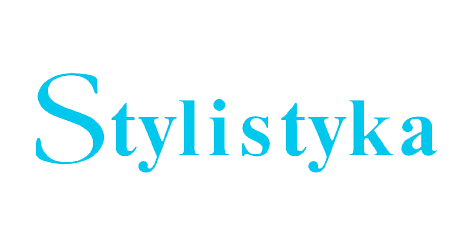Das große Wörterbuch der deutschen Sprache, 1999, Bd. 1–10, hrsg. von der Dudenredaktion, Mannheim u.a.
Der kleine Duden: Deutsches Wörterbuch, 1982, hrsg. von der Dudenredaktion, Mannheim u.a.
Der kleine Wahrig. Wörterbuch der deutschen Sprache, 1997, Gütersloh–München.
Deutsches Universalwörterbuch, 2001, hrsg. von der Dudenredaktion, Mannheim u.a.
Dietz G., 1995, Titel wissenschaftlicher Texte, Tübingen.
Di Meola C., 1998, Zur Syntax und Semantik von Schlagzeilen in der deutschsprachigen Tagespresse, „Muttersprache”, 108, s. 217–231.
Dubisz S. (red.), 2003, Uniwersalny słownik języka polskiego, Warszawa.
Dunaj B. (red.), 1996, Słownik współczesnego języka polskiego, Warszawa.
Foucault M., 1977, Archeologia wiedzy, Warszawa.
Genette G., 1992, Paratexte. Das Buch vom Beiwerk des Buches, Frankfurt/M.–New
York.
Hellwig P., 1994, Titulus oder Über den Zusammenhang von Titeln und Texten. Titel sind ein Schlüssel zur Textkonstitution „ZGL”, 12, s. 1–20.
Lenk H.E.H., 2003, Das Verständnis von Bewertungsausdrücken durch Fremd- und MuttersprachlerInnen. Ergebnisse einer empirischen Erhebung. – Lexikon und Verstehen, Hrsg. M. Skog-Södersved, M. Enell, B. Faber, Vaasa.
Lenk H.E.H., 2005, Funktionen des Texttitels in Deutschschweizer Zeitungskommentaren. – Entwicklungen und Innovationen in der Regionalpresse, Hrsg. H.-H. Lüger, F. Hammer,. Landau.
Nord Ch., 1993, Einführung in das funktionale Übersetzen: am Beispiel von Titeln und Überschriften, Tübingen.
Pollack, 2010, Die Stunde der kleinen Reporter. Ein paar Worte zu Artur Domosławskiund seiner umstrittenen Ryszard Kapuściński-Biografie, http://derstandard.at/1268402678335/Polen.
Puzynina J., 1992, Język wartości, Warszawa.
Sandig B., 1979, Ausdrucksmöglichkeiten des Bewertens. Ein Beschreibungsrahmen im Zusammenhang eines fiktionalen Textes „Deutsche Sprache”, 7, s. 137–159.
Skorupka S., Auderska H., Łempicka Z. (red.), 1969, Mały słownik języka polskiego, Warszawa.
Sobol E. (red.), 2001, Popularny słownik języka polskiego, Warszawa.
Szymczak M., Szkiłądź H., Bik S., Szkiłądź, C., Chocimska H., Krajewska M. (red.), 1993, Słownik języka polskiego, Warszawa.
Zhong L., 1995, Bewerten in literarischen Rezensionen Linguistische Untersuchungen zu Bewertungshandlungstypen, Buchframe, Bewertungsmaßstäben und bewertenden Textstrukturen, Frankfurt/M.–Berlin–Bern–New York–Paris–Wien.
Żydek-Bednarczuk U., 2005, Wprowadzenie do lingwistycznej analizy tekstu, Katowice.
Zillig W., 1982, Bewerten. Sprechakttypen der bewertenden Rede, Tübingen.
Google Scholar


